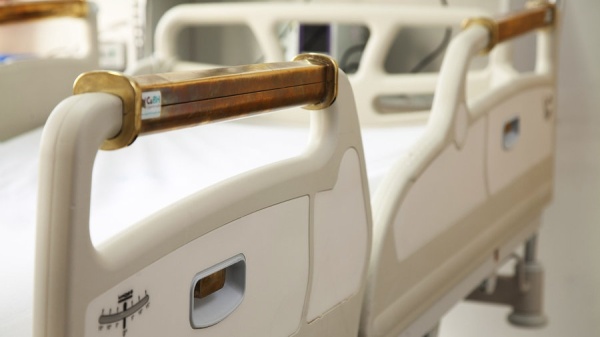Courtesy of NPR:
Checking into a hospital can boost your chances of infection. That’s a disturbing paradox of modern medical care.
And it doesn’t matter where in the world you’re hospitalized. From the finest to the most rudimentary medical facilities, patients are vulnerable to new infections that have nothing to do with their original medical problem. These are referred to as healthcare-acquired infections, healthcare-associated infections or hospital-acquired infections. Many of them, like pneumonia or methicillin-resistant Staphylococcus aureus (MRSA), can be deadly.
The World Health Organization estimates that “each year, hundreds of millions of patients around the world are affected” by healthcare-acquired infections. In the United States, the Office of Disease Prevention and Health Promotion in the Health and Human Services Department estimates that 1 in 25 inpatients has a hospital-related infection. In developing countries, estimates run higher.
Hospitals Struggle To Beat Back Serious Infections Oct. 22, 2014
Hospital bed safety railings are a major source of these infections. That’s what Constanza Correa, 33, and her colleagues have found in their research in Santiago, Chile. They’ve taken on the problem by replacing them, since 2013, with railings made of copper, an anti-microbial element.
Copper definitely wipes out microbes. “Bacteria, yeasts and viruses are rapidly killed on metallic copper surfaces, and the term “contact killing” has been coined for this process,” wrote the authors of an article on copper in Applied and Environmental Microbiology. That knowledge has been around a very long time. The journal article cites an Egyptian medical text, written around 2600-2000 B.C., that cites the use of copper to sterilize chest wounds and drinking water. Continue reading

